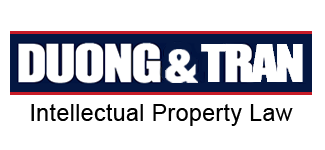Novelty of invention
In Vietnam, novelty requirement is universal. To be considered as new, an invention must not be disclosed to the public, anywhere in the world, by publication in tangible form, by oral disclosure, by use or in any other ways, prior to the filing date or, where appropriate, the priority date of the relevant patent application.
The novelty is not destroyed in the following disclosure circumstances provided that an application for the invention is filed to the NOIP within 06 months counted from said disclosure.
- The invention is disclosed by a person without the consent of the person having the right to patent the invention;
- The invention is disclosed in the form of a scientific presentation of the person having the right to patent the invention; or
- The invention is disclosed as an exhibited object by the person having the right to patent the invention at a national exhibition of Vietnam or an international exhibition.
Inventive Step
An invention is considered to involve an inventive step when, given the published technical solutions known as the prior art relevant to the patent application claiming the invention, the invention would not have been obvious to a person skilled in the art.
Industrial application
An invention is considered industrially applicable if, it is consistently implementable in any industries. The product invention can be made or manufactured in large scale or the process invention can be repeatedly used to achieve stable results.
Unpatented subject matters
In addition to inventions relating to objects contrary to public interest, humanitarian principles or morality, the following objects are also not protected as patent under Vietnamese patent law:
- Discoveries, scientific theories, mathematical methods;
- Schemes, plans, rules or methods for performing mental acts, training domestic animals, playing games, doing business, computer programs;
- Presentations of information;
- Solutions of aesthetic characteristics only;
- Plant varieties, animal varieties;
- Processes of essentially biological nature for the production of plants and animals other than microbiological processes.
- Disease prevention, methods of diagnostic and treatment for human or animals.




